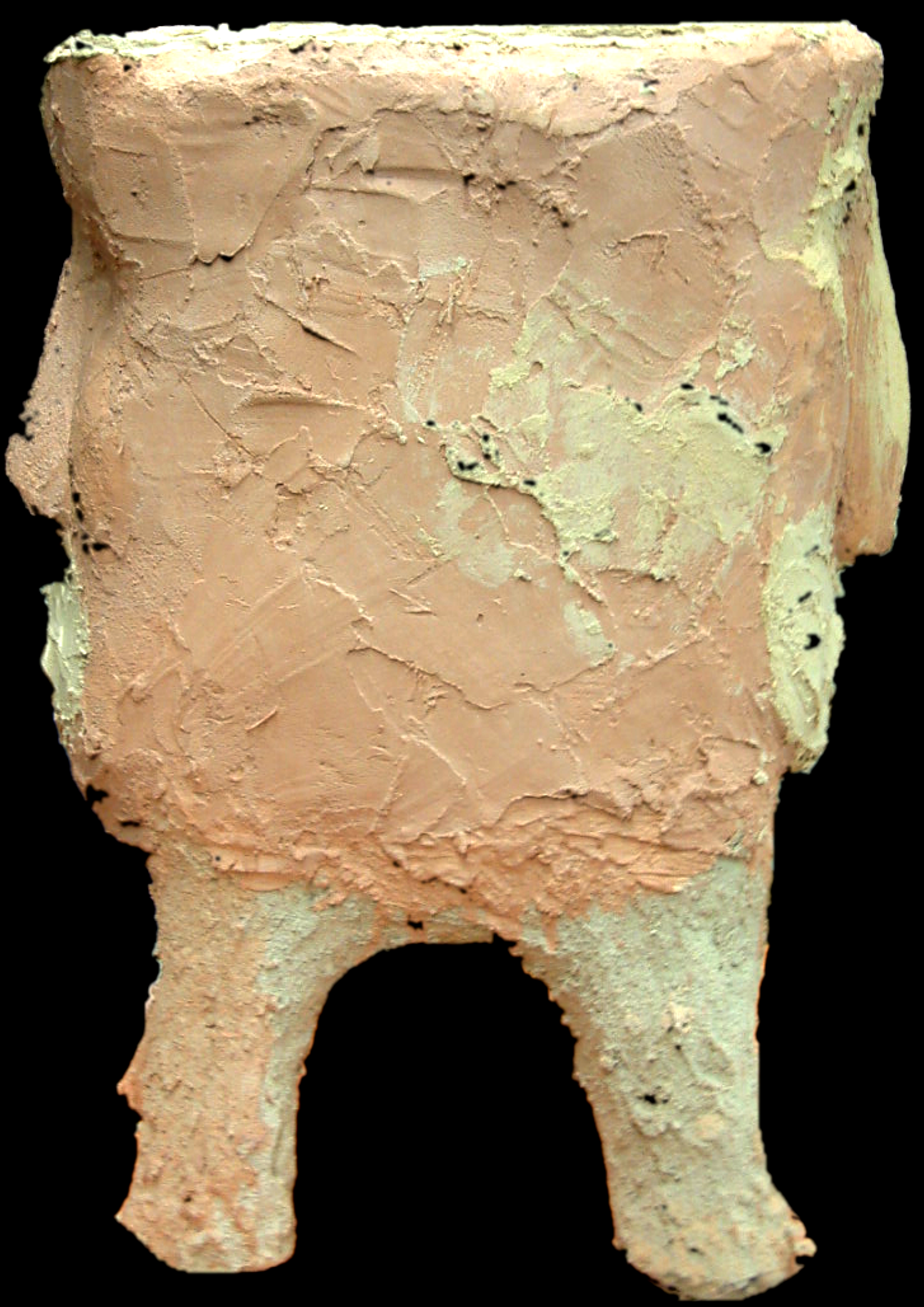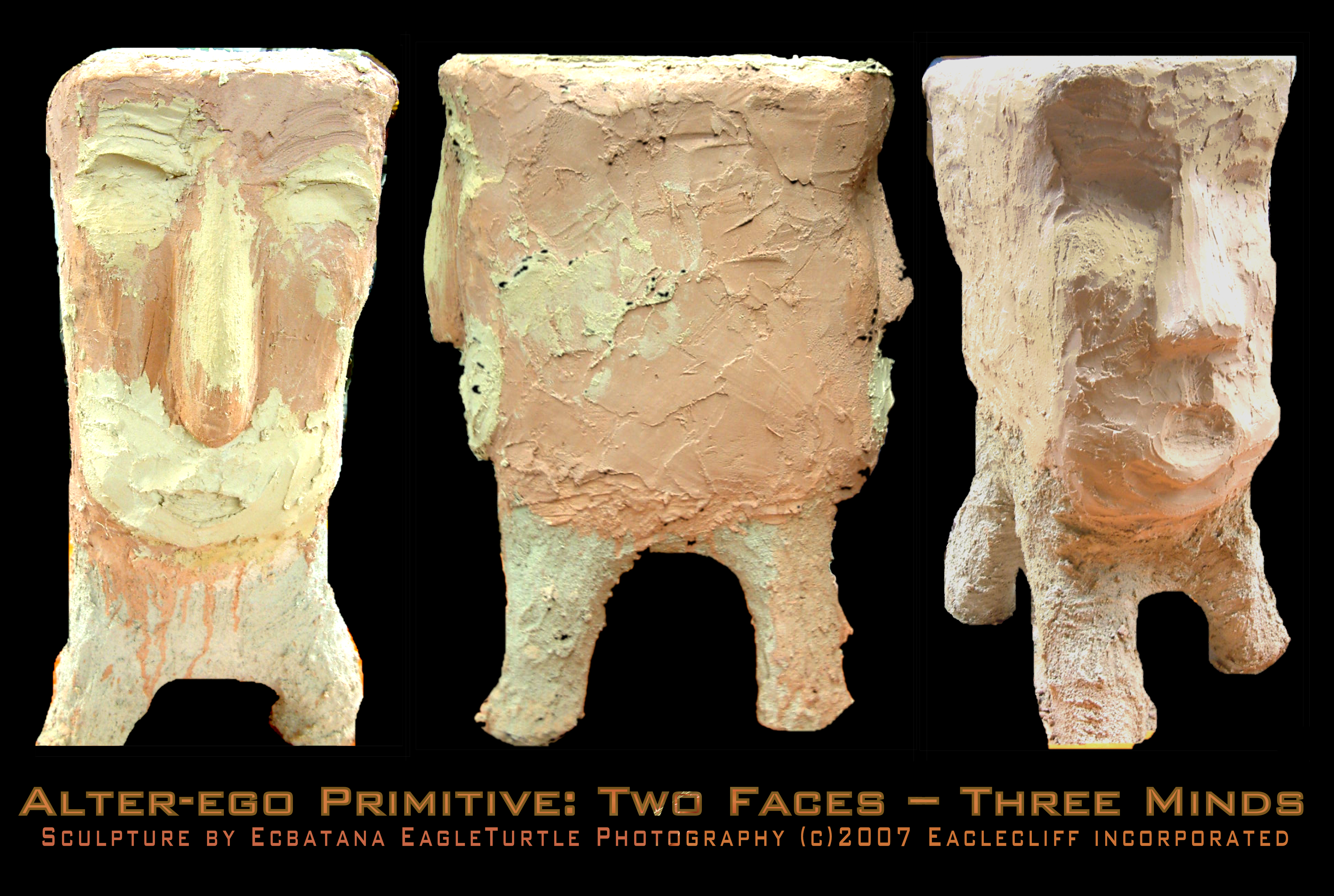antiquity inspirations...
In Lak'ech - Yucatec Mayan Code of Honor:
I am Another Yourself
The Popol Vuh, a great epic of the Maya
(or Mayan Bible), recounts two gods,
Tepeu and Gucumatz who, after creating the earth
decided to make the first humans.
The first man-like creature fashioned
from mud soon melted at the first rain.
But Tepu and Gucumatz were not discouraged,
they tried again, and ultimately created
the first men of maize dough.
The Mayans were very advanced astronomically.
Unlike the Greeks of the Homeric age, they knew
that with the Evening and Morning Stars they
were dealing with the same object.
At Chichen Itza you can see the observatory
they built to track the planet Venus which
they knew to an accuracy of a few hours a year.
They used a figure of 584 days for the
average synodic orbital time of Venus while the actual value is 583.92.
[The synodic period is the temporal interval that it
takes for an object to reappear at the same point
in relation to two other objects.]
-----------------------------------------------
(alter-ego partner to mcy-mayanFace)
Mo'ai (head) - easter island statues
Mo'ai are monolithic human figures carved from rock on Rapa Nui / Easter Island, mostly between 1250 and 1500 CE. Nearly half are still at Rano Raraku the main Mo'ai quarry, but hundreds were transported from there and set on Ahu (platforms) which were mostly at the islands perimeter. Almost all have overly large heads three fifths the size of their body. The Mo'ai are the “living faces” (aringa ora) and representations of chiefly, deified ancestors. Sitting on their Ahus with their backs to the sea, these statues were still gazing across their clan lands when European first visited the island, but most were then cast down during conflict between different clans on the island.
The production and transportation process required significant intellect, use of resources, and creativity, and is considered a remarkable feat of human endeavour. The tallest Mo'ai erected, "Paro", was almost 10 metres (33 ft) high and weighed 75 tonnes (74 Imperial tons, 83 short tons) [3] the heaviest erected was a shorter but squatter Mo'ai at Ahu Tongariki which weighed 86 tonnes; while one unfinished sculpture would have been approximately 21 metres (69 ft) tall with a weight of about 270 short tons.
-----------------------------------------------------------------------------------------------------------
Easter Island, also known as Rapa Nui and Isla de Pascua, is a long way from anywhere. Te Pitoote Hanua, which means "Navel of the World" is the most isolated inhabited island in the world, being about 2000 mi (3200 km) from Chile and Tahiti.
Easter Island was given the name Rapa Nui (Great Rapa) by Tahitian sailors, in the 1860's. This is the name used today locally.
The ancient Maya civilization occupied the eastern third of Mesoamerica, primarily the Yucatan Peninsula. The topography (mayan geography) of the area greatly varied from volcanic mountains, which comprised the highlands in the South, to a porous limestone shelf, known as the Lowlands, in the central and northern regions. The southern portion of the Lowlands were covered by a rain forest with an average height of about 150 feet.
See Wikipedia articles at Mo'ai and
Mayan Peoples Notice that depictions pf native Mayan
both in art and current photography do not resemble Olmec sculptures with their round heads and very full flat noses, but the more elongated and downward curving nose as in our sculpture. |

